If you’re a plant parent, you know the feeling of dread that comes when you realize one of your plants is dying. And while there are a lot of possible causes of plant death, one of the most frustrating is when your snake plant starts to turn crispy. Crispy leaves on a snake plant can be caused by a number of things, from too much water to not enough light. But don’t worry, there are a few things you can do to save your plant.
Moisture Deficiency in Soil
Snake plants are native to arid regions and are accustomed to infrequent watering. However, if the soil is allowed to dry out completely, the plant will suffer. If you notice your snake plant’s leaves are crispy or dry, it’s likely due to a moisture deficiency in the soil.
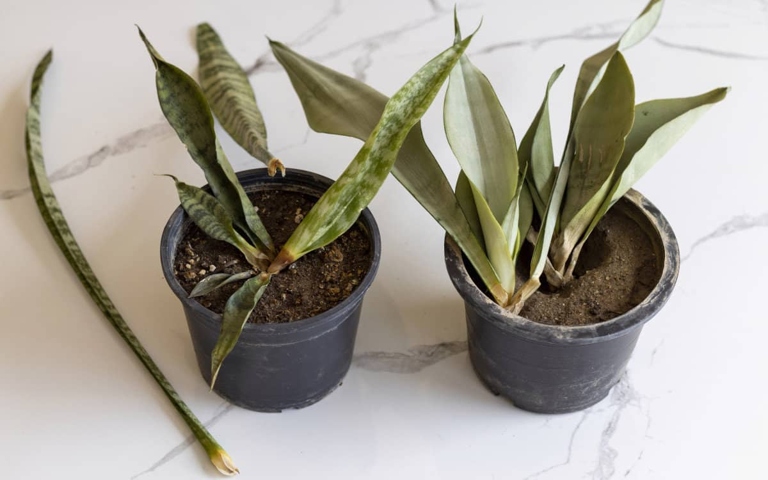
To prevent moisture deficiency, water your snake plant regularly, allowing the soil to dry out slightly between waterings. If the leaves are already crispy, increase watering frequency and mist the leaves with water to help them rehydrate.
How Not to Underwater
If you’re noticing that your snake plant is looking a little crispy around the edges, it’s likely because it’s not getting enough water. Here are a few things to keep in mind to make sure your snake plant stays healthy and hydrated:
– Water your snake plant regularly, making sure to soak the soil thoroughly. Allow the top inch or so of soil to dry out between waterings.
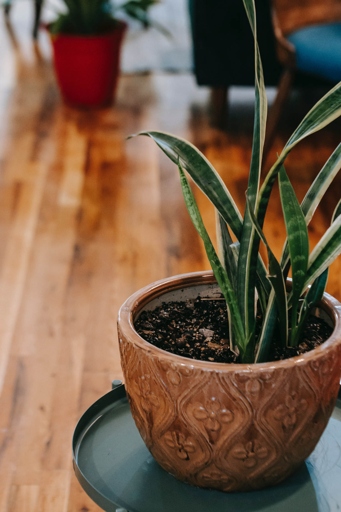
– If you’re growing your snake plant in a pot, make sure it has drainage holes to allow excess water to escape.
If your home is on the dry side, consider placing your snake plant in a humid room like the bathroom or kitchen. – Snake plants are native to tropical climates and prefer warm, humid conditions.
– Snake plants are tolerant of low light conditions, but they will grow best in bright, indirect light.
By following these simple tips, you can keep your snake plant healthy and hydrated.
Extreme Heat Makes Snake Plant Leaves Crispy
When conditions are too hot and dry, the leaves will start to crisp up and turn brown. If you notice your snake plant leaves getting crispy, it’s likely due to extreme heat. Snake plants are native to tropical regions and prefer warm, humid conditions. However, they can tolerate dry conditions and even some drought.
There are a few things you can do to help your snake plant survive in extreme heat. You can also mist the leaves regularly to help increase humidity. If possible, move the plant to a cooler, more humid location. Water the plant deeply and regularly, especially during hot, dry weather. First, make sure it’s getting enough water.
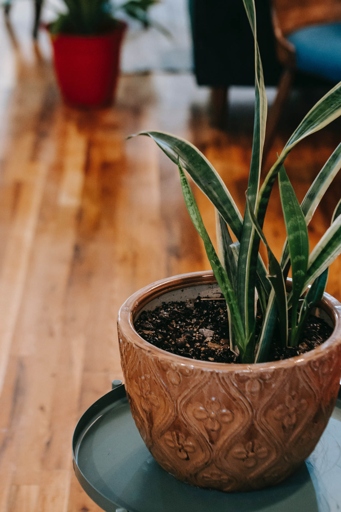
This will help the plant focus its energy on new growth. Be sure to water the plant regularly and mist the leaves to help it recover. If your snake plant’s leaves are already crispy, you can try to save the plant by trimming off the affected leaves.
Solution
However, if the plant is in a pot with no drainage holes, the roots can become waterlogged and the plant will start to yellow and crisp. If your snake plant is crispy, it could be due to a number of reasons. If the plant is in direct sunlight, the leaves will start to turn brown and crisp. Snake plants are drought tolerant, so they don’t need a lot of water. If your plant is still crispy after you’ve tried these solutions, it might be time to start over with a new plant. The solution to both of these problems is to water the plant less and move it to a spot with less sun. Another common reason for a crispy snake plant is too much sun. Snake plants like bright, indirect light. The most common reason is that the plant is not getting enough water.
Humidity is Too Low
Snake plants are native to tropical regions, so they need higher humidity levels to thrive. There are a few things you can do to increase the humidity around your snake plant. If your snake plant is looking crispy, it might be because the humidity is too low.
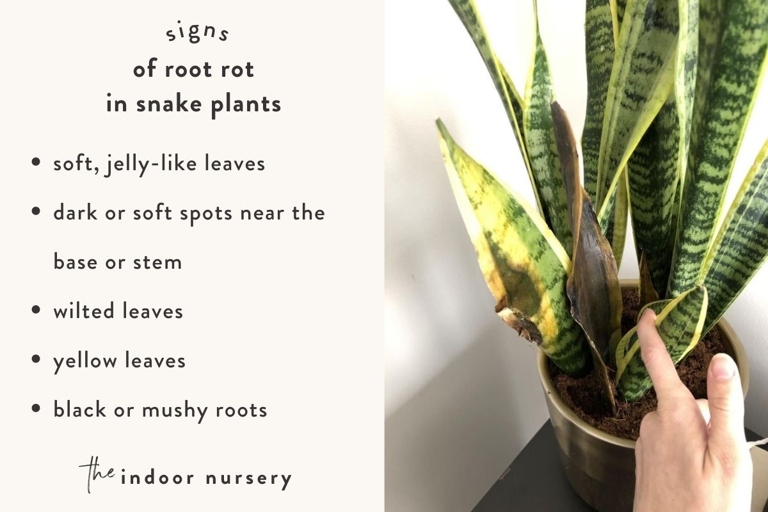
If the humidity is still too low, you can try moving your plant to a more humid location. You can also put your snake plant in a pebble tray or humidifier. One way to increase humidity is to mist your plant with water a few times a week.
Tips to Increase Humidity
This will help increase the overall humidity in the air, which will benefit your snake plant. Finally, consider getting a humidifier for your home. First, make sure you’re not over- watering your plant. Too much water can lead to root rot, which can make the leaves crispy. This will help increase the humidity around the plant. Second, mist your plant regularly with a spray bottle. If your snake plant is looking crispy, there are a few things you can do to increase the humidity.
Snake Plant and Tap Water Quality
Another solution is to let the tap water sit for 24 hours before using it to allow the minerals to dissipate. If the tap water is high in minerals, it can build up on the leaves of the plant and cause them to become crispy. One common reason why snake plants may become crispy is due to the quality of the tap water. To avoid this, it is recommended to use distilled water or rainwater for watering snake plants.
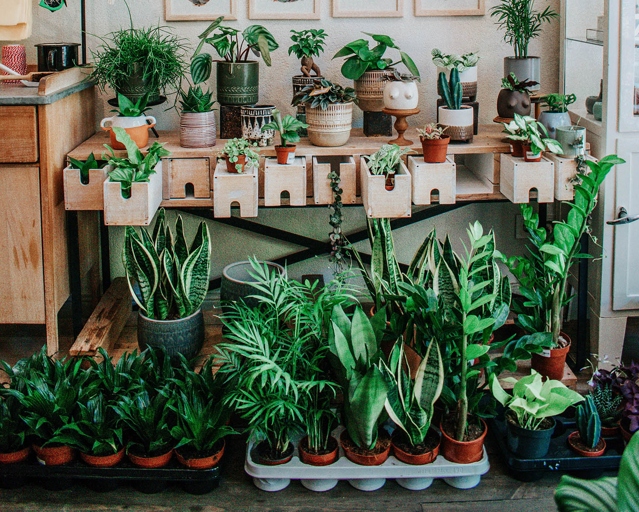
First, try watering it with distilled water or rainwater and see if that makes a difference. If the leaves are still crispy, you can try gently wiping them down with a damp cloth. If the plant is still not looking better, you may need to trim off the crispy leaves. If your snake plant is already crispy, there are a few things you can do to try and revive it.
How to Improve Your Plants’ Water Quality
Finally, don’t overwater your plants. Second, water your plants in the morning so they have all day to absorb the water and nutrients. This will help to remove any impurities that could be harming your plants. If you want to improve the water quality for your plants, there are a few things you can do. First, make sure you are using filtered or distilled water. Allow the soil to dry out between watering to prevent root rot.
Is My Snake Plant Getting Too Much Sun?
The leaves can start to look yellow and dry, and the tips may start to turn brown. If the leaves are still looking crispy after a few days, you may need to give your plant a little more water. If you think your plant is getting too much sun, try moving it to a shadier spot. If your snake plant is looking crispy, it may be getting too much sun.
What Should You Do?
If you’re wondering why your snake plant is crispy, there are a few possible causes and solutions. In this case, let the soil dry out before watering again. If the soil is dry, give the plant a good watering. First, check to see if the plant is getting enough water. If the plant is getting too much water, however, the leaves may start to yellow and the plant may become crispy.
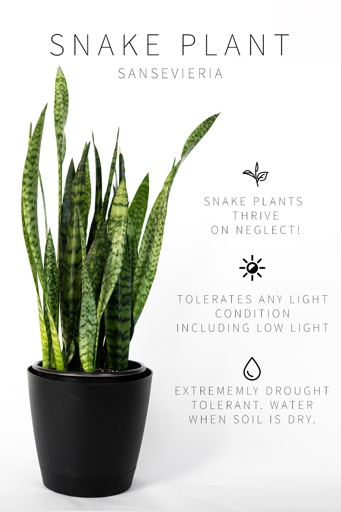
Another possible cause of crispy leaves is too much direct sunlight. Move the plant to a spot with indirect light and see if the leaves improve. If the plant is in a spot that gets direct sunlight for more than a few hours a day, the leaves may start to scorch.
Finally, if the leaves are crispy and the plant is in a well-lit spot with moist soil, it may be due to a nutrient deficiency. Try fertilizing the plant with a balanced fertilizer and see if the leaves start to look healthier.
Your Plant May Need Repotting!
Your plant may need repotting if the leaves are crispy. If the leaves are crispy, the plant will not be able to photosynthesize and the plant will die. The leaves may be crispy due to too much sun, too little water, or too much fertilizer.
Frequently Asked Questions
1. What are some possible causes of my snake plant being crispy?
2. What can I do to fix the problem?
3. How do I prevent my snake plant from becoming crispy in the future?
1. Some possible causes of a snake plant being crispy include over-watering, underwatering, or exposure to too much direct sunlight.
2. If your snake plant is crispy, you can try increasing the humidity around it, watering it more or less frequently, or moving it to a location with more or less direct sunlight.
3. To prevent your snake plant from becoming crispy, make sure to water it when the soil is dry and to not expose it to too much direct sunlight.
Final thoughts
If your snake plant is crispy, it could be due to a number of reasons. The most common reason is overwatering, which can cause the leaves to rot. Other causes include too much sun, not enough humidity, or pests. Luckily, all of these problems can be easily fixed. Just be sure to give your snake plant the care it needs and it will thrive.
